For a long time, the quantum world has been considered a “strange” space, where particles can penetrate obstacles, exist in two states at the same time and defy all the laws of human intuition. However, the trio of scientists John Clarke, Michel H. Devoret and John M. Martinis have made what seemed to only exist in microscopic laboratories become tangible - right in an electric circuit that can be seen with the naked eye.
On October 7, three scientists (John Clarke, Michel H. Devoret and John M. Martinis) were awarded the 2025 Nobel Prize in Physics for "the discovery of quantum mechanical tunneling effects at the macroscopic scale and the quantization of energy in electric circuits." They will share the prize worth 11 million Swedish kronor (equivalent to 1.17 million USD).
Quantum mechanics governs the microscopic world of atoms and electrons – where electrons can “penetrate” energy barriers and only absorb energy in fixed amounts called quanta.
At the macroscopic level of the human world, these effects seem to disappear. For example, a ball, made of countless atoms, could never pass through a wall.
Curious about this, in the 1980s, at the University of California, three scientists Clarke, Devoret and Martinis began testing whether quantum laws existed at a size large enough to be seen with the naked eye.
To test this, they created a Josephson circuit—where two superconductors are separated by an ultra-thin insulating layer. In a normal metal, electrons collide with the material and with each other, but in a superconductor cooled near absolute zero, they form Cooper pairs that move in unison with no resistance and share a single quantum wave function.
When the team kept the circuit at zero voltage, according to classical physics, the circuit should have remained still. However, the research showed that the circuit sometimes suddenly “escapes” – not due to heat, but thanks to quantum tunneling through the energy barrier. It was the first direct evidence that quantum laws still exist in the macroscopic world.
Next, when they exposed the circuit to microwaves, the three scientists observed sharp resonance peaks at specific frequencies. Each peak corresponded to the energy gap between two quantized states, indicating that the circuit's energy could only take on discrete values. In other words, a device made up of billions of electrons was behaving as a single quantum system.
Before this experiment, quantum tunneling and energy quantization effects had only been observed in atoms and subatomic particles.
Ms. Eva Olsson - a member of the Nobel Committee - assessed the research work of the trio of scientists John Clarke, Michel H. Devoret and John M. Martinis as "opening the door to another world."
“When quantum phenomena are brought to the macroscopic scale, we can touch, control and observe them – that opens the door to entirely new structures and technologies,” she said.
Meanwhile, Mr. Olle Eriksson - Chairman of the Nobel Committee for Physics - called this proof that quantum mechanics is extremely useful and is the foundation of all current digital technology.
The discoveries of three scientists Clarke, Devoret and Martinis laid the foundation for quantum computers.
By the late 1990s, scientists were developing quantum bits (qubits) – units of quantum information – based on the energy principle demonstrated by the pioneering trio.
Mr. Martinis later applied this method to create the first superconducting quantum processor, where qubits can oscillate delicately between “0” and “1” in a sophisticated quantum superposition.
According to the Nobel Committee, the transistor in today's computer microchips is an example of how quantum mechanics has become the basis for everyday technology, laying the foundation for the next generation of quantum technology, including quantum cryptography, quantum computers and quantum sensors./.
Source: https://www.vietnamplus.vn/giai-nobel-physics-2025-khi-the-gioi-luong-tu-tro-nen-huu-hinh-post1068919.vnp






![[Photo] Closing of the 13th Conference of the 13th Party Central Committee](https://vphoto.vietnam.vn/thumb/1200x675/vietnam/resource/IMAGE/2025/10/08/1759893763535_ndo_br_a3-bnd-2504-jpg.webp)

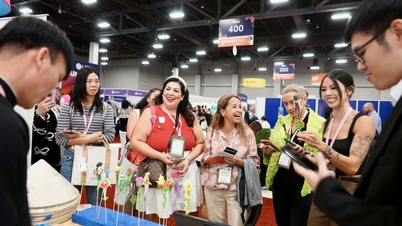







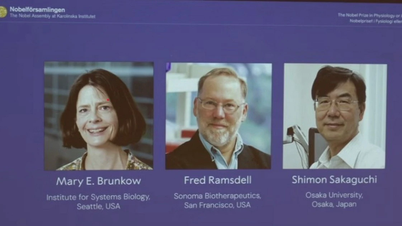














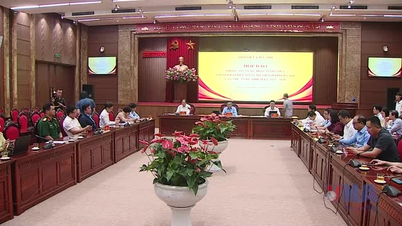

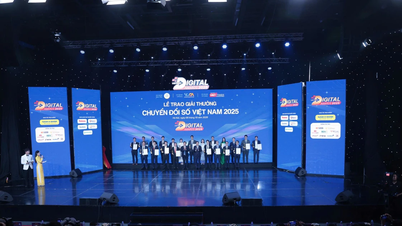














































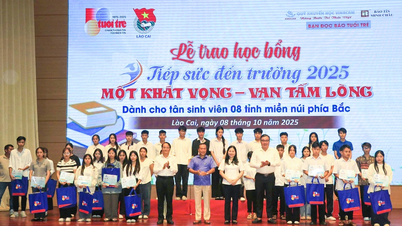






















Comment (0)